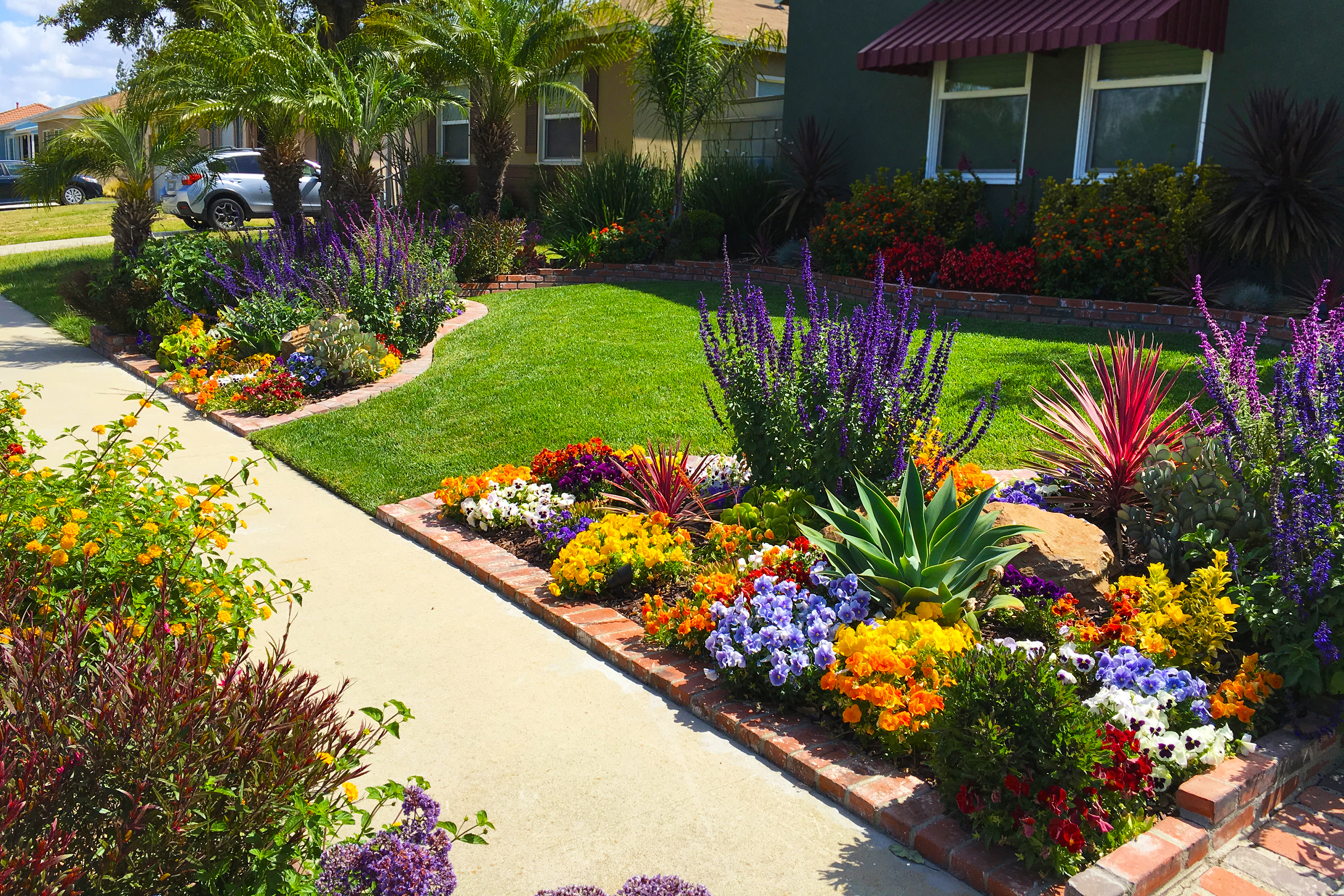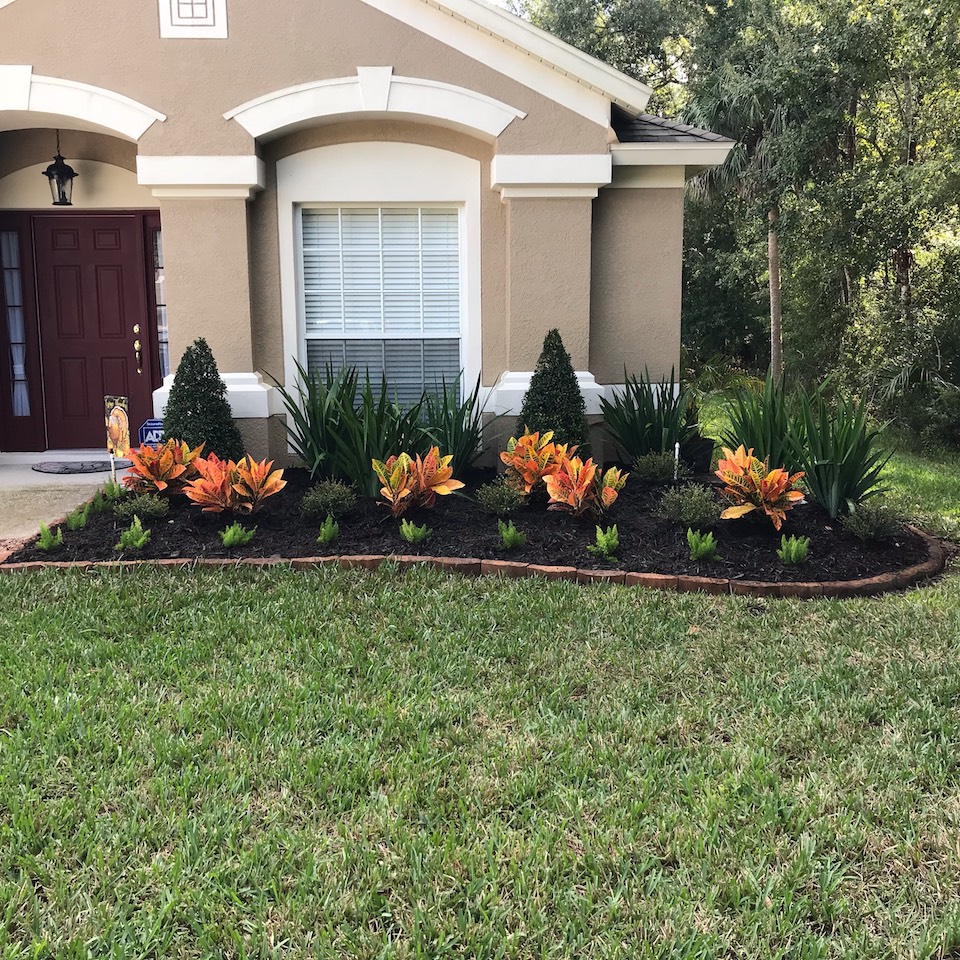A Comprehensive Guide to Designing and Implementing Effective Landscape Design Solutions
The art and scientific research of landscaping expand past simple visual appeals; they include a thoughtful combination of style concepts, environmental stewardship, and functional execution. What approaches can one use to ensure these landscapes not just flourish however likewise thrive in harmony with their environments?

Comprehending Landscape Design Concepts
One may wonder what fundamental aspects contribute to effective landscape layout. At its core, successful landscape layout rests on several vital principles that guide the setup and selection of components within an area. These principles consist of unity, rhythm, percentage, and balance, each offering to produce an unified outside setting.
Unity refers to the natural relationship amongst various parts, making sure that they work with each other aesthetically and functionally. Balance can be attained with balanced or asymmetrical arrangements, permitting the landscape to feel steady and welcoming. Proportion includes recognizing the scale of aspects in connection with each other and the surrounding atmosphere, advertising visual harmony and convenience.

Assessing Your Outdoor Area
Prior to implementing the principles of landscape layout, a detailed assessment of your outside room is vital. This initial evaluation helps define the scope of your landscape design task and guarantees that your design lines up with the distinct qualities of your residential property. Begin by assessing the measurements of your area, taking exact measurements to understand the readily available location for numerous components such as yards, pathways, and patio areas.
Following, observe the existing attributes of your landscape, consisting of topography, dirt top quality, and water drainage patterns. These aspects dramatically affect plant option and positioning. In addition, analyze the sunshine direct exposure across different areas throughout the day, as this will certainly influence the kinds of plants that prosper in your yard.
Think about the microclimates produced by structures, trees, and other obstacles, as they can influence temperature level and dampness levels. Lastly, remember of any existing plants or hardscape elements that you desire to remove or maintain. This detailed examination prepares for a well-informed and reliable landscaping option, guaranteeing that your design is not just aesthetically pleasing yet sustainable and additionally practical for several years to find.
Lasting Landscape Design Techniques
These practices not only advertise ecological equilibrium yet likewise boost the aesthetic and functional value of a landscape. Executing reliable irrigation systems, such as drip irrigation, reduces water waste and guarantees that plants receive ample moisture (Palm Desert Landscaping).

One more effective strategy is the critical placement of bushes and trees to give natural windbreaks and shade, thus lowering energy expenses (Palm Desert Landscaping). Rainfall yards can be incorporated into the landscape layout to manage stormwater runoff efficiently, filtering contaminants before they enter rivers
Choosing the Right Plants
Choosing the right plants for your landscape is essential to attaining both visual appeal and eco-friendly consistency. The process starts with an understanding of your neighborhood climate, dirt conditions, and the certain microenvironments within your landscape. Analyzing aspects such as sunshine direct exposure, wetness degrees, and existing vegetations will certainly aid you select plants that grow in your unique setting.
Consider integrating indigenous plants, as they are weblink well-adapted to local problems, need less upkeep, and support local wild animals. In addition, choosing a diverse variety of species can boost biodiversity while reducing the danger of condition and bug episodes. It is vital to assess the development habits, blooming periods, and seasonal shades of possible plants to develop a dynamic and cohesive landscape.
Furthermore, think of the meant usage of the room; for circumstances, if the area will certainly experience high foot web traffic, choose durable ground covers. By thoughtfully picking plants that straighten with both your environmental requirements and aesthetic objectives, you can create a sustainable landscape that not just enhances your residential property however also adds positively to the surrounding ecological community.

Execution and Maintenance Approaches
When the ideal plants have been chosen for your landscape, the focus changes to effective execution and ongoing upkeep approaches. Successful installment begins with correct site preparation, which consists of soil testing to figure out nutrient levels and pH, adhered to by amending the dirt as needed. Meticulously set up plants according to their development practices and light needs, making sure adequate spacing to promote healthy development.
Watering is a crucial element of implementation. Establish a watering timetable that thinks about the particular demands of each plant types, readjusting for seasonal modifications. Making use of drip watering systems can improve water efficiency and lower runoff.
Upkeep methods need to be executed to guarantee the long life and vitality of your landscape. Routine jobs include weeding, mulching, and pruning to control development and prevent illness. Fertilizing needs to be performed based upon dirt examinations, supplying the required nutrients without over-fertilizing.
Monitoring for bugs and diseases is necessary; early discovery can stop considerable damages. Seasonal adjustments to upkeep regimens, such as winterizing perennials and preparing for spring development, will make certain that your landscape stays visually enticing and healthy and balanced article source year-round.
Conclusion
Effective application and ongoing maintenance better make sure the durability and vitality of landscapes. By integrating these aspects, landscapes can be changed right into stunning, useful settings that promote biodiversity and contribute positively to neighborhood health.
One could question what foundational components contribute to efficient landscape style. At its core, effective landscape layout pivots on a number of crucial principles that lead the plan and choice of components within a space.Selecting the right plants for your landscape is important to achieving both visual allure and ecological consistency. It is vital to assess the development behaviors, blooming periods, and seasonal shades of possible plants to develop a dynamic and natural landscape.
Once the ideal plants have actually been selected for your landscape, the emphasis moves to effective application and continuous upkeep approaches.